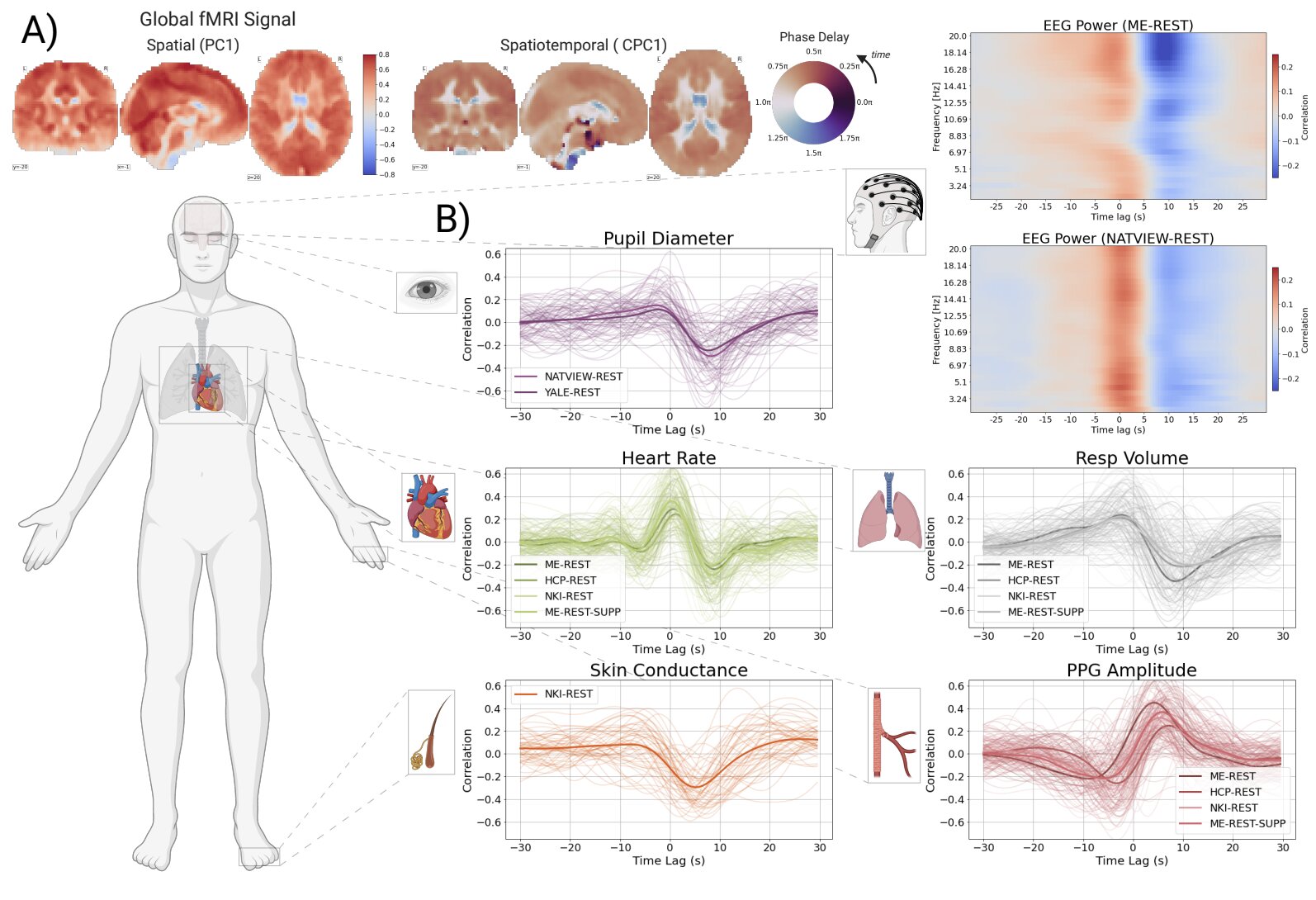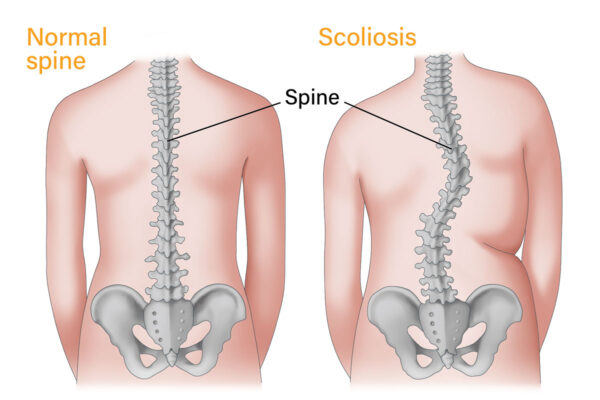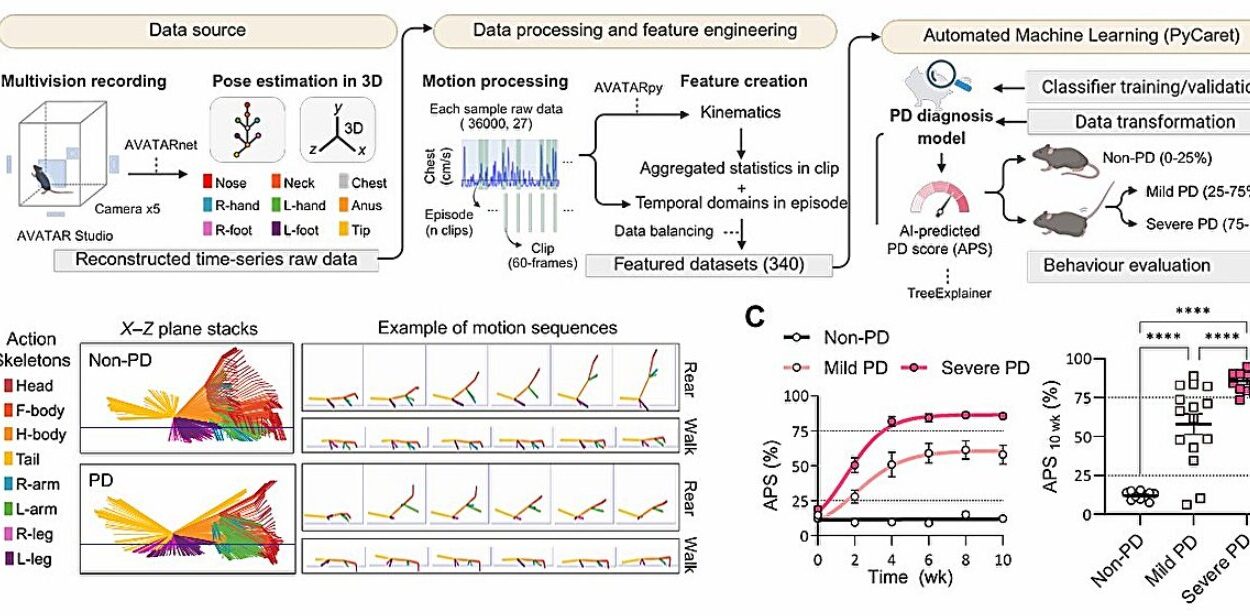In the still silence of a resting human brain, something remarkable is happening. Without our conscious awareness, an internal rhythm pulses through the vast network of neurons, echoing in perfect synchrony with the beat of the heart and the rise and fall of breath. This isn’t the plot of a science fiction tale—it’s the reality unveiled by a groundbreaking study from researchers at the University of California, Los Angeles, who are beginning to decode one of neuroscience’s most mysterious signals: the “global signal.”
This research, recently published in Nature Neuroscience, builds on years of work to understand the strange phenomenon that lights up the entire brain during functional magnetic resonance imaging (fMRI). Once dismissed by some as background noise, this spatiotemporal brainwave—nicknamed the “global signal”—is proving to be anything but random. Instead, scientists now believe it might be the brain’s universal response to the subtle rhythms of life coursing through the body.
A Pattern Hidden in Plain Sight
Taylor Bolt, a neuroscientist and first author of the study, recalls the moment of curiosity that set the wheels in motion. “In our previous work, we observed a striking pattern across fMRI scans—a sudden, coordinated burst of activity that swept across the entire brain,” Bolt said. “It was so dominant, it overshadowed other neural signals. We called it the ‘global signal’ because it touched everything.”
But what was driving this all-encompassing wave? Was it truly a function of the brain, or was it echoing something deeper, rooted in the body’s inner workings?
To answer this question, Bolt and a team of researchers from UCLA and other institutions turned to several rich fMRI datasets, including one meticulously curated by neuroscientist Catie Chang. These datasets didn’t just include brain imaging—they came with physiological recordings like heart rate, respiration, and even exocrine and smooth muscle activity. This gave researchers a window into the body’s internal state during brain scans, allowing them to investigate whether changes in the brain’s global signal were marching in step with bodily rhythms.
The results were as elegant as they were profound.
A Symphony of Systems
What the researchers discovered was a kind of full-body harmony. The brain’s global signal, once seen as an enigmatic ghost in the machine, was tightly synchronized with the functions of the autonomic nervous system—the part of the nervous system that controls involuntary processes like heartbeats, breathing, and glandular activity.
“When we analyzed the data, we found robust associations between the global brain signal and physiological activity in several systems—cardiovascular, pulmonary, exocrine, and smooth muscle,” said Bolt. “This wasn’t subtle. These weren’t weak correlations. The body and brain were locked into a powerful, synchronized rhythm.”
More than that, the team showed these rhythms could be intentionally manipulated. When participants took a deep, cued breath or listened to sporadic auditory stimuli, the global signal flared. Even during sleep, when participants experienced spontaneous arousals marked by brief bursts of EEG activity, the same brain-body co-fluctuations occurred. The findings pointed to a clear conclusion: the global signal is not only tied to arousal but might be a critical component of the body’s arousal system itself.
Rethinking the Brain in Isolation
This study signals a dramatic shift in how we think about brain activity. For decades, neuroscientists sought to isolate the brain from the “noise” of the body to study thought, emotion, and behavior. But the line between brain and body is proving far blurrier than once imagined.
“The idea that the brain is operating independently of bodily functions is no longer sustainable,” Bolt said. “What we’re seeing here is a real-time, physiological integration—where the brain is not just receiving information from the body, but possibly helping orchestrate the entire arousal response.”
The implications ripple outward in all directions. This foundational insight could inform everything from how we understand anxiety and panic disorders—conditions rooted in dysfunctional arousal regulation—to how we interpret fMRI data in both research and clinical settings. If the brain’s most dominant signal is tightly coupled with bodily rhythms, then understanding those rhythms becomes essential to understanding the brain itself.
From Background Noise to Biological Compass
For years, the global signal has been a controversial character in the world of neuroimaging. Many researchers viewed it as a nuisance—a confounding factor that masked more localized, specific brain activity. But this study suggests we may have misunderstood its role entirely.
Instead of static, background interference, the global signal may be a kind of biological compass—tracking our internal physiological landscape in real-time and helping the brain maintain homeostasis, alertness, and readiness.
This idea—that the brain is not simply controlling the body, but responding to it in a continuous feedback loop—aligns with newer, more holistic models of cognition. Theories like embodied cognition and interoceptive awareness, which suggest that consciousness and perception are shaped by the body’s internal state, now find fresh support in these findings.
What Comes Next?
For Bolt and his colleagues, the next steps are just as thrilling. “We now want to understand the function of the global signal in greater depth,” he said. “What does it actually do for us? How does it shape behavior, attention, or even emotion? Can it be altered, and if so, can we use it to treat disorders where arousal is dysregulated?”
These are not abstract questions. Imagine a future where physicians can assess a person’s anxiety levels or attention capacity simply by tracking their brain’s global signal in real time. Or where biofeedback therapies target this signal to help manage chronic stress. The possibilities are vast—and they all begin with understanding how brain and body move in unison.
A Deeper Rhythm Within Us
In the end, this research reminds us that the body is not simply a vehicle for the brain—it is a partner in every moment of consciousness. The pulsing of blood, the breath in our lungs, the tiny chemical shifts that regulate muscle and gland—they are all part of the same symphony that plays out in the brain’s sweeping, global signal.
It’s a rhythm we rarely notice, yet it pulses within us all.
And now, thanks to the work of Bolt and his team, we’re finally beginning to hear the full melody.
Reference: Taylor Bolt et al, Autonomic physiological coupling of the global fMRI signal, Nature Neuroscience (2025). DOI: 10.1038/s41593-025-01945-y.






